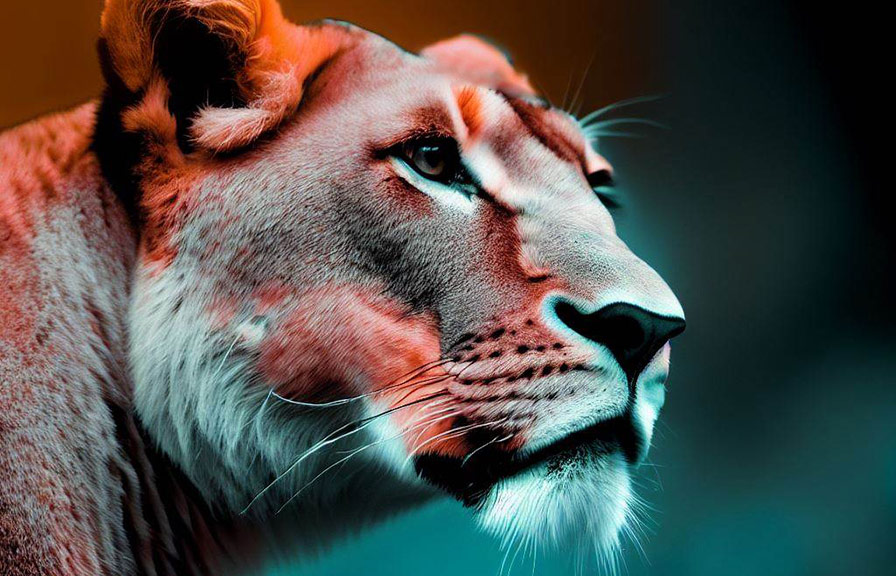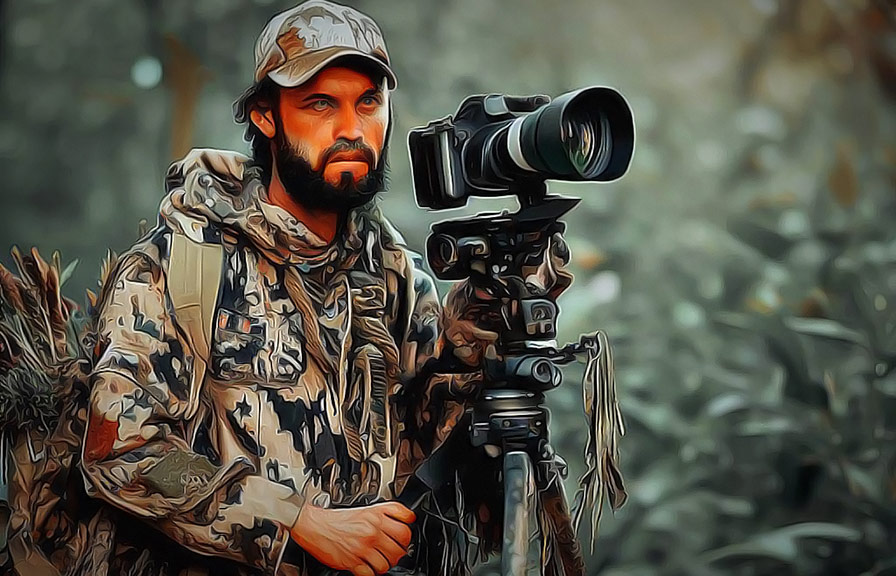Did you know that the animal kingdom is full of creatures with striking colors and patterns that serve as camouflage or warning signals? it's true, and it's a vital aspect of their survival. as a wildlife photographer, understanding how to use color symmetry to blend with the environment and the animals
Can make a significant difference in capturing the beauty and wonder of these magnificent creatures.

Here's a fun fact: the mantis shrimp, a small marine crustacean, can perceive a wider range of colors than humans. they have 16 photoreceptor cells in their eyes, compared to our measly three, allowing them to see colors that we can't even imagine!
Now, let's dive into the world of colors and symmetry in wildlife photography and learn how to blend with the environment and the animals.
The importance of color and symmetry in wildlife photography
Colors and symmetry play a vital role in creating visually appealing images while also helping you remain inconspicuous in the wild. by blending with the environment and the animals, you can approach your subjects more closely and capture their natural behavior, resulting in stunning, authentic images.
Understanding color theory
To effectively use color in your wildlife photography, you must first understand color theory. colors can be divided into three categories:
- Primary colors: red, blue, and yellow
- Secondary colors: green, orange, and purple
- Tertiary colors: combinations of primary and secondary colors
Colors opposite each other on the color wheel are called complementary colors. complementary colors create visual harmony and can help make your subject stand out. for example, a green background can make a red bird pop in a photograph.
Symmetry in composition
Symmetry is a powerful compositional tool that can add balance and harmony to your images. whether you're photographing a symmetrical subject, like a butterfly, or using the environment to create symmetry, paying attention to balance can result in eye-catching images.
Tips for using color and symmetry to blend with the environment and the animals
1. Camouflage clothing and gear: wear clothing in earth tones or camouflage patterns to blend in with your surroundings. your camera and other gear should also be inconspicuous, either by using camouflage covers or by choosing equipment with neutral colors.
2. Match the colors of the environment: observe the dominant colors in your shooting location and try to incorporate them into your frame. this can help create a sense of unity and harmony, making your subject feel like an integral part of the scene.
3. Use complementary colors: utilize the power of complementary colors to make your subject stand out against the background. for example, if you're photographing a blue bird, try to find a setting with orange or yellow elements to create visual contrast.
4. Look for natural symmetry: pay attention to the symmetry in the environment, like the reflection of a bird in the water or the arrangement of flowers in a field. using these symmetrical elements in your composition can add a sense of balance and harmony to your images.
5. Capture the symmetry of your subject: many animals, like butterflies, have symmetrical patterns. capturing these patterns can create visually appealing images that showcase the beauty and wonder of wildlife.
6. Experiment with different angles: by changing your perspective, you can create interesting compositions that emphasize color and symmetry in the scene. get low to the ground, climb to a higher vantage point, or move around your subject to find the best angle that highlights the colors and symmetry
Of your subject and environment.
Capturing the beauty and wonder of wildlife
Wildlife photography is both challenging and rewarding, and using color and symmetry effectively can make all the difference in your images. by blending with the environment and the animals, you can capture the natural behavior and beauty of your subjects, creating stunning images that showcase the wonder of the animal
Kingdom.
Here's a lesser-known fact related to color and wildlife: the chameleon, often thought to change color for camouflage, actually changes color primarily for communication and temperature regulation. while they can still blend in with their environment, their color changes are more about signaling their mood, territory, and health to other
Chameleons.
Conclusion
Understanding and using colors and symmetry in your wildlife photography can help you blend with the environment and the animals, allowing you to capture breathtaking images that showcase the beauty and wonder of the natural world.
By observing your surroundings, experimenting with different angles, and embracing the power of color and symmetry, you can elevate your wildlife photography and create images that truly stand out.
Happy shooting!
